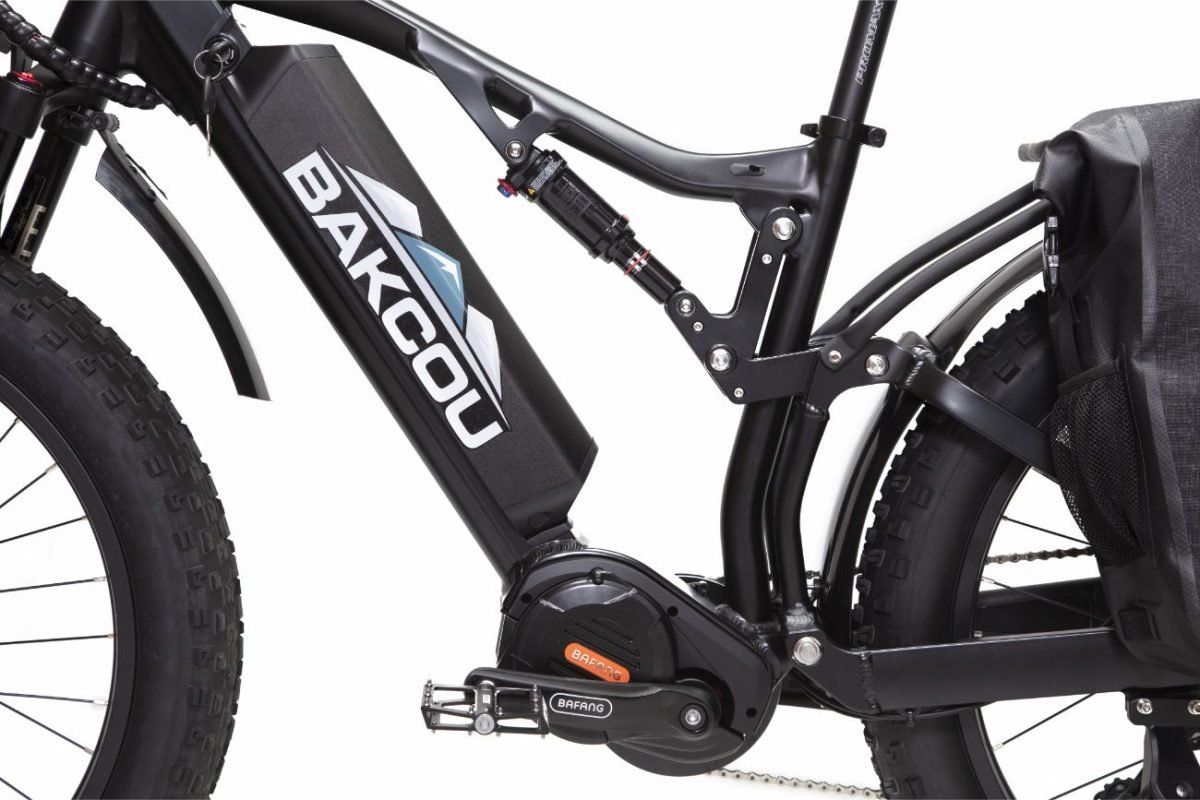Looking to keep your electric bike in top-notch condition? Look no further than “The Ultimate Guide to Electric Bike Maintenance.” This comprehensive resource is designed to cater to both beginners and seasoned riders seeking advanced tips. Our easy-to-follow guidelines and expert advice will help you navigate the world of e-bike maintenance with ease. From step-by-step methods to product recommendations, we’ve got you covered. Discover specialized cleaning solutions, essential tools, and gain insight into when it’s best to seek professional assistance. Maintaining your e-bike not only enhances performance but also extends its lifespan. Whether you’re a daily commuter, an off-road enthusiast, or a weekend adventurer, responsible e-bike ownership starts with proper maintenance. So, let’s dive in and unlock the secrets to keeping your electric bike running smoothly. By the way, regarding specific lubricants for electric bike maintenance, we’ve got that covered too!
The Ultimate Guide to Electric Bike Maintenance
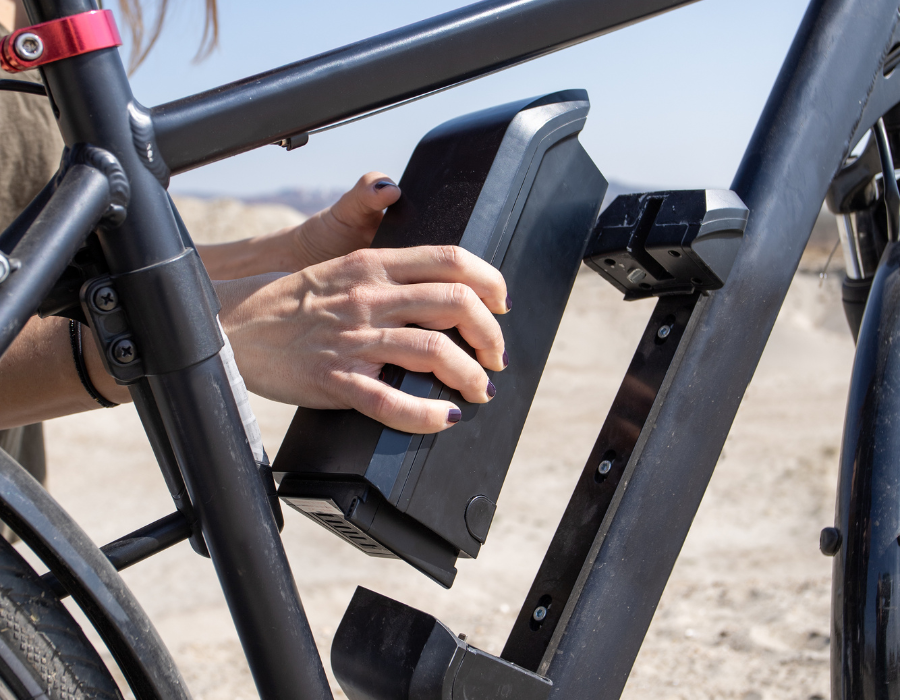
1. Introduction to Electric Bike Maintenance
Taking care of your electric bike is essential for keeping it in top shape and ensuring it performs at its best. Regular maintenance not only improves the bike’s performance but also extends its lifespan. In this comprehensive guide, we will walk you through all the necessary tasks and provide expert advice to help you maintain your e-bike like a pro.
1.1 Benefits of Regular Maintenance
Regular maintenance offers a myriad of benefits for your electric bike. It helps prevent costly repairs by identifying any potential issues early on. By keeping your bike in optimal condition, you’ll enjoy better performance, improved safety, and a smoother riding experience. Additionally, maintaining your e-bike regularly ensures that it remains efficient and reliable, making your daily commutes or weekend adventures more enjoyable.
1.2 Importance of Responsible E-Bike Ownership
Being a responsible e-bike owner goes beyond riding safely and following traffic rules. It also involves taking care of your bike and ensuring proper maintenance. Responsible e-bike ownership helps create a positive image for the e-bike community and showcases the benefits of this eco-friendly mode of transportation. By maintaining your e-bike regularly, you contribute to the longevity of the electric bike industry and promote sustainable transportation options.
2. Basic Maintenance Tasks
To keep your electric bike in excellent condition, there are several basic maintenance tasks that you should perform regularly.
2.1 Cleaning Your Electric Bike
Regular cleaning is crucial for preserving the overall condition of your e-bike. Begin by rinsing off any dirt or debris using a hose or bucket of water. Use a soft sponge or brush and a mild detergent to gently scrub the frame, wheels, and other components. Pay attention to hard-to-reach areas and ensure that all dirt is removed. Rinse the bike thoroughly and allow it to air dry or use a soft towel to dry it. Remember to avoid using high-pressure water or harsh chemicals that could damage the bike’s delicate parts.
2.2 Lubricating Moving Parts
Proper lubrication is essential for maintaining the smooth operation of moving parts on your electric bike. Apply a lubricant specifically designed for bicycles to the chain, derailleur, and other relevant components. Use a cloth to remove any excess lubricant to prevent dirt buildup. Ensure that the chain is evenly coated with the lubricant without excess dripping. Regular lubrication extends the life of your chain and other moving parts and reduces friction and wear.
2.3 Checking and Adjusting Tire Pressure
Maintaining the correct tire pressure is crucial for your safety and the overall performance of your e-bike. Use a tire pressure gauge to check the pressure regularly and ensure it matches the manufacturer’s recommended range. Underinflated tires can affect handling and increase the risk of punctures, while overinflated tires can lead to a harsh and uncomfortable ride. Adjust the tire pressure accordingly using a floor pump with a gauge.
2.4 Inspecting Brake Pads
Brakes play a vital role in your safety, so it’s crucial to inspect your brake pads regularly. Visually inspect the brake pads for wear and tear, making sure they have at least 1mm of pad material remaining. If the brake pads are thin or worn, it’s time to replace them. To replace the brake pads, consult your e-bike’s instruction manual or seek professional assistance if needed.
2.5 Aligning and Tightening Bolts and Screws
Regularly check and tighten loose bolts and screws on your electric bike. Vibrations from riding can cause them to come loose over time. Using a suitable wrench or Allen key, go through all the bolts and screws on your bike and ensure they are tightened securely. Avoid overtightening, as this can damage the threads. Pay close attention to critical components such as the stem, handlebars, and seat post.
3. Advanced Maintenance Tasks
While basic maintenance tasks are essential for keeping your e-bike in good shape, there are also more advanced tasks that you may need to perform occasionally.
3.1 Battery Maintenance and Care
The battery is a crucial component of your electric bike, so proper maintenance is essential. To maximize battery life, avoid complete discharges and store the battery at around 50% charge when not in use for an extended period. Clean the battery terminals regularly using a dry cloth to remove any dirt or corrosion. Refer to your e-bike’s manual for specific battery maintenance instructions.
3.2 Troubleshooting Electrical Issues
If you encounter any electrical issues with your e-bike, troubleshooting can help identify and resolve the problem. Start by checking the connections between the battery, motor, and controller. Ensure they are secure and free from corrosion. If the issue persists, consult your bike’s manual or contact the manufacturer for further assistance.
3.3 Repairing and Replacing Components
Over time, certain components of your electric bike may need repairing or replacing. This includes items such as the chain, cassette, derailleur, and brake pads. If you feel comfortable doing so, you can tackle these repairs yourself using the appropriate tools and following step-by-step guides. However, for more complex repairs or if you are unsure, it’s always best to seek professional assistance.
3.4 Wheel Truing and Spoke Replacement
Wheel truing involves adjusting the tension in the spokes to correct any wobbling or imperfections in the wheel. This task requires a spoke wrench and the ability to follow precise instructions. Additionally, if you have broken or damaged spokes, it’s important to replace them promptly. Wheel truing and spoke replacement can be challenging, so if you’re unsure, it’s recommended to take your e-bike to a professional for assistance.
4. Recommended Tools and Products
Having the right tools and products on hand can make your electric bike maintenance tasks easier and more efficient. Here are some essential items to consider:
4.1 Essential Tools for Electric Bike Maintenance
- Allen keys or multi-tool set
- A torque wrench for precise bolt tightening
- Chain tool for chain maintenance
- Spoke wrench for wheel truing and spoke replacement
- Cable cutters for brake and gear cables
- Floor pump with a gauge for maintaining tire pressure
- A bike stand or repair stand for convenient maintenance
4.2 Specialized Cleaning Solutions
Using specialized cleaning solutions designed for bicycles can help you achieve better results in cleaning your e-bike. Look for gentle, biodegradable cleaners that are safe for use on all bike components. Avoid harsh chemicals that may damage the bike’s finish or any sensitive parts.
4.3 Recommended Lubricants
When it comes to lubricating your e-bike, it’s essential to use lubricants specifically formulated for bicycles. Chain lubricants should provide optimal lubrication without attracting excessive dirt. Wet lubricants are suitable for wet and muddy conditions, while dry lubricants offer better performance in dry, dusty environments. Consider using a wax-based lubricant for a clean and long-lasting chain.
4.4 Battery Care Products
To ensure your e-bike battery stays in top condition, consider investing in battery care products. This may include terminal protectors and corrosion inhibitors to prevent damage to the battery terminals. Always follow the manufacturer’s instructions when using these products.
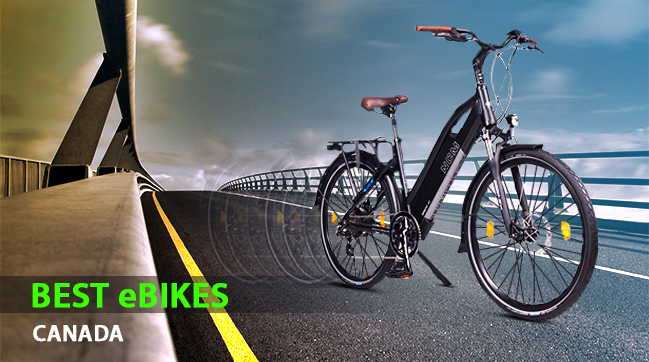
5. Professional Help and Maintenance Services
While many e-bike maintenance tasks can be performed at home, some tasks may require professional assistance. Here are some instances where seeking professional help is advisable:
5.1 Knowing When to Seek Professional Assistance
- Complex repairs or replacements that require specialized tools or expertise.
- Issues with the electrical system that may require diagnostic equipment.
- Wheel truing or spoke replacement tasks if you’re unsure or lack experience.
- Any concerns regarding your e-bike’s warranty or manufacturer’s recommendations.
5.2 Choosing a Reliable Electric Bike Maintenance Service
When selecting a maintenance service for your e-bike, consider factors such as their experience with electric bikes, reputation, and customer reviews. Look for shops or technicians who specialize in e-bike maintenance and have a good track record of delivering quality service. Don’t hesitate to ask for recommendations or reach out to local e-bike communities for guidance.
6. Tips for Longevity and Performance
To maximize the longevity and performance of your electric bike, follow these additional tips:
6.1 Storing Your Electric Bike Properly
When not in use, store your e-bike in a cool, dry place away from direct sunlight. Avoid storing it in extreme temperatures or humid environments, as this can negatively impact the battery and other components. If storing for an extended period, follow the manufacturer’s guidelines for battery storage.
6.2 Regular Inspections and Pre-Ride Checks
Before each ride, perform a quick inspection of your e-bike. Check the tire pressure, brakes, and ensure all bolts and screws are appropriately tightened. Make sure the battery is adequately charged and securely attached. Regularly inspect the condition of the chain, derailleur, and other critical components for signs of wear or damage.
6.3 Assuring Proper Chain Tension
Maintaining proper chain tension is crucial for optimal performance and preventing excessive wear on the drivetrain. Regularly check chain tension and adjust if necessary. Consult your e-bike’s manual for the correct tension specifications and recommended adjustment methods.
6.4 Maintaining Suspension Components
If your electric bike is equipped with suspension components, proper maintenance is essential for their longevity and performance. Regularly clean and inspect suspension forks and shocks, and follow the manufacturer’s recommendations for service intervals. If you notice any leaks or excessive play, seek professional assistance.
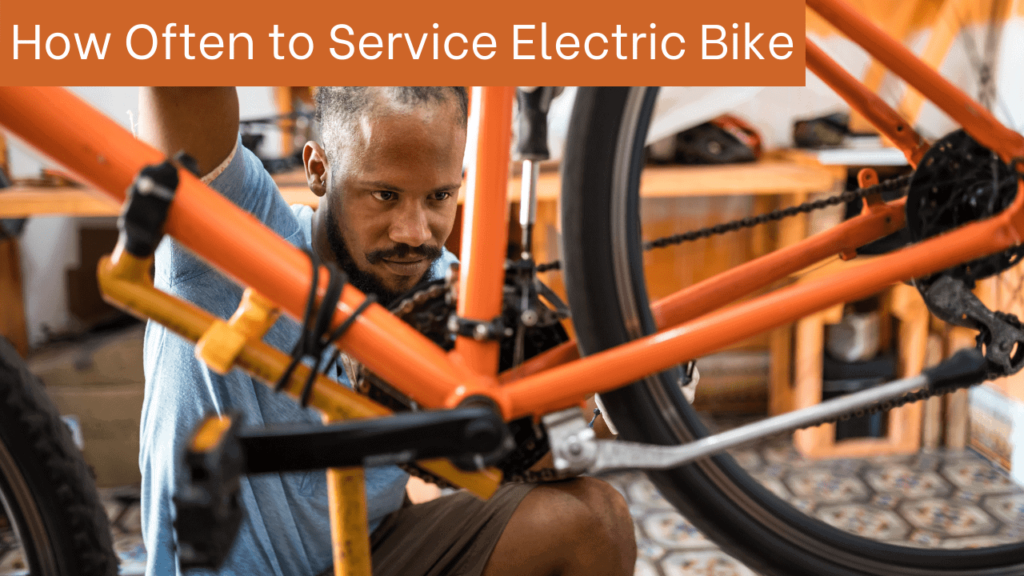
7. Troubleshooting Common Issues
Despite regular maintenance, you may encounter some common issues with your electric bike. Here are a few troubleshooting tips for addressing them:
7.1 Dealing with Battery Charging Problems
If you’re experiencing issues with battery charging, check the charging cable and connections for any damage or loose connections. Ensure that the battery is correctly inserted and securely attached to the e-bike. If the problem persists, consult your e-bike’s manual or contact customer support for further assistance.
7.2 Addressing Electric Motor Issues
Motor issues can be caused by various factors, such as loose connections, water damage, or overheating. Check all the connections between the motor, controller, and battery to ensure they are secure and free from corrosion. If the problem persists, consult your e-bike’s manual or contact the manufacturer for guidance.
7.3 Fixing Brake Malfunctions
If you notice that your brakes are not working correctly or feel spongy, it may indicate a problem with the brake system. Check for worn brake pads or loose brake cables. Adjust the brake calipers or seek professional assistance if necessary. Always prioritize your safety and ensure the brakes are in proper working condition before riding.
7.4 Diagnosing and Fixing Electrical System Problems
If you encounter electrical system problems, such as a non-responsive display or error codes, consult your e-bike’s manual for troubleshooting guidance. Check all the connections, ensure the battery is properly charged, and look for any signs of damage or loose wires. If you are unable to resolve the issue, contact the manufacturer or a qualified technician for further assistance.
8. Safety Precautions
While maintaining your e-bike, it is crucial to prioritize safety. Here are some safety precautions to keep in mind:
8.1 Safety Gear and Protective Equipment
Always wear a helmet when riding your electric bike, regardless of the terrain or distance. Additionally, consider wearing protective gear such as gloves, knee pads, and elbow pads for added safety. High-visibility clothing or accessories can also improve your visibility on the road, especially during low-light conditions.
8.2 Safe Storage and Charging Practices
Choose a secure location to store your e-bike, preferably indoors. Invest in a sturdy lock or security system to deter theft. When charging your e-bike, follow the manufacturer’s instructions and use the provided charger. Avoid leaving the battery unattended during the charging process and never charge the battery near flammable materials.
8.3 Ensuring Proper Visibility on the Road
When riding your e-bike, ensure that you are visible to other road users. Use appropriate lighting, such as front and rear LED lights, and consider installing reflective accessories on your bike and clothing. Signal your intentions clearly and adhere to traffic rules to ensure a safe and enjoyable riding experience.
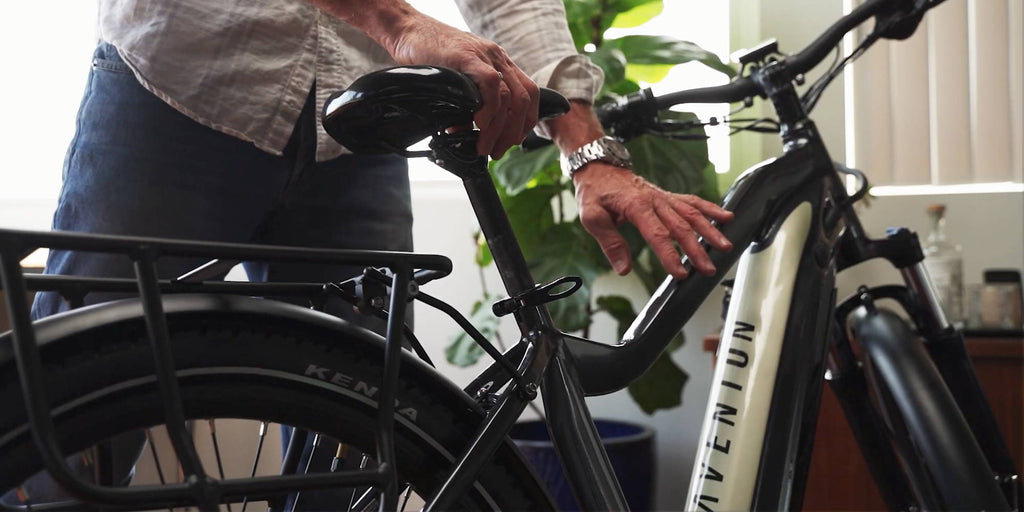
10. Conclusion
Proper maintenance is key to maximizing the longevity and performance of your electric bike. By following the guidelines and tips outlined in this comprehensive guide, you can confidently take care of your e-bike, regardless of your level of experience. Remember to regularly perform basic maintenance tasks, seek professional assistance when needed, and prioritize safety at all times. With proper maintenance, your electric bike will continue to provide reliable and enjoyable rides for years to come. Happy riding!

